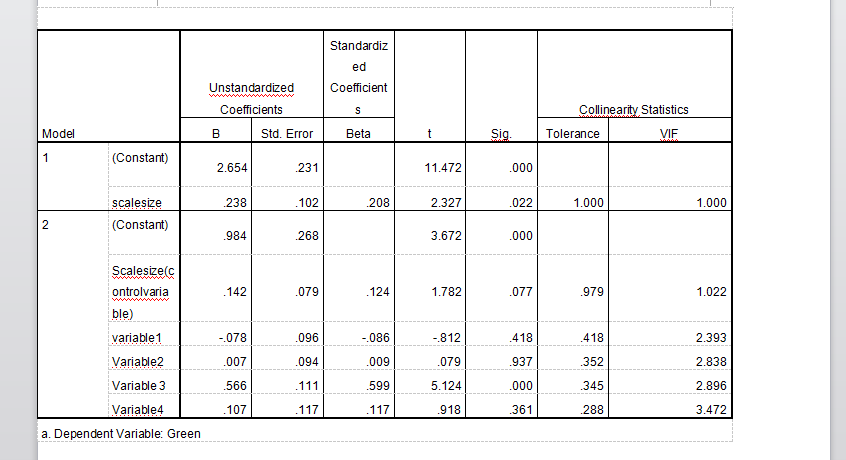 I found my four independent variables have a high positive association with my depepednet variable. However, except one independent variable, P value of all other indepdent variables are not significant in my regressino analysis. My hypothesis is that each of my independent variables separately has a postive relationship with my dependent variable, so I have four hypothese. I was wondering if I should reject three of my hypothese under such situation?
Sorry, forgot to say, There is no collinearity problem with my independent varibales Thank you.
I found my four independent variables have a high positive association with my depepednet variable. However, except one independent variable, P value of all other indepdent variables are not significant in my regressino analysis. My hypothesis is that each of my independent variables separately has a postive relationship with my dependent variable, so I have four hypothese. I was wondering if I should reject three of my hypothese under such situation?
Sorry, forgot to say, There is no collinearity problem with my independent varibales Thank you.
More information:Please see attached picture. It is my research model. After bivariate correlation analysis and partial correlation, all independent variables are positively associated with dependent variable. A hierarchical regression was used with control variable.I first put control variable in first block of SPSS, and then add the 4 other independent variables in second block. The results are in attached docuement. Three independent variables are not significant.... Correlation table:
It is my research model. After bivariate correlation analysis and partial correlation, all independent variables are positively associated with dependent variable. A hierarchical regression was used with control variable.I first put control variable in first block of SPSS, and then add the 4 other independent variables in second block. The results are in attached docuement. Three independent variables are not significant.... Correlation table:

